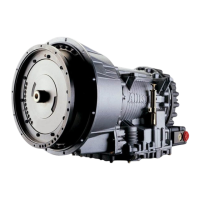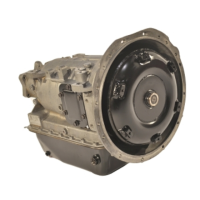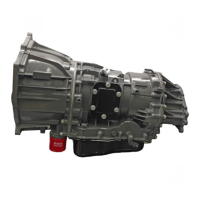If the engine temperature indicates a high temperature, an engine or radiator
problem is indicated. If high temperature in either the engine or transmission
persists, stop the engine and have the overheating condition investigated by
maintenance personnel.
PARKING BRAKE
WARNING: If you leave the vehicle and the engine is running, the
vehicle can move unexpectedly and you or others could be injured. If
you must leave the engine running, DO NOT LEAVE the vehicle until
you have completed all of the following procedures:
• Put the transmission in N (Neutral).
• Be sure the engine is at low idle (500–800 rpm).
• Apply the parking brake and emergency brake and make sure they
are properly engaged.
• Chock the wheels and take other steps necessary to keep the
vehicle from moving.
The parking brake is only intended to secure an unattended vehicle with the
engine ignition OFF. Always maintain the vehicle parking brake system according
to the manufacturer’s specifications. The parking brake may not have sufficient
capacity to restrain a vehicle with the engine running and the transmission in a
forward or reverse-range. When the vehicle is unattended and the engine is in
operation, the transmission must be in N (Neutral) with the brakes fully applied
and the wheels chocked.
TOWING OR PUSHING
CAUTION: Failure to lift the driving wheels off the road, disconnect
the driveline, or remove the axle shafts before pushing or towing can
cause serious transmission damage.
The engine cannot be started by pushing or towing. Before pushing or towing a
vehicle do one of the following:
• Disconnect the driveline.
• Lift the drive wheels off the road.
• Remove the axle shafts from the drive wheels.
An auxiliary air supply will usually be required to actuate the vehicle brake
system.
When the axle shafts are removed, be sure to cover the wheel openings to prevent
loss of lubricant and entry of dust and dirt.
44

